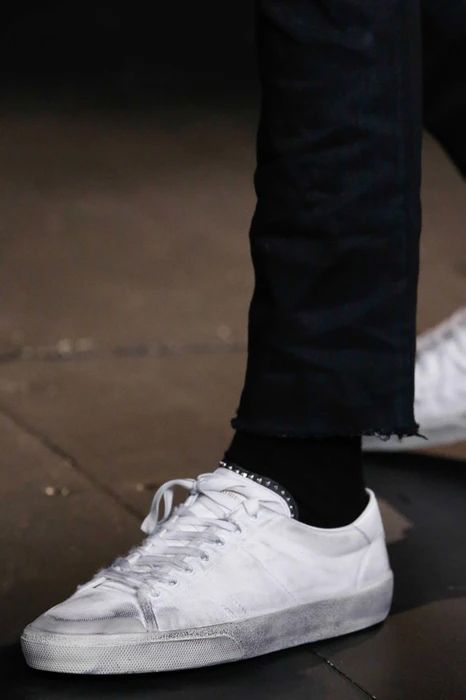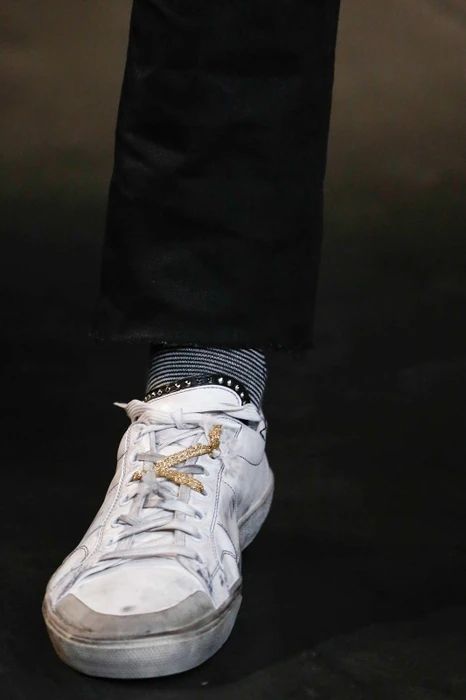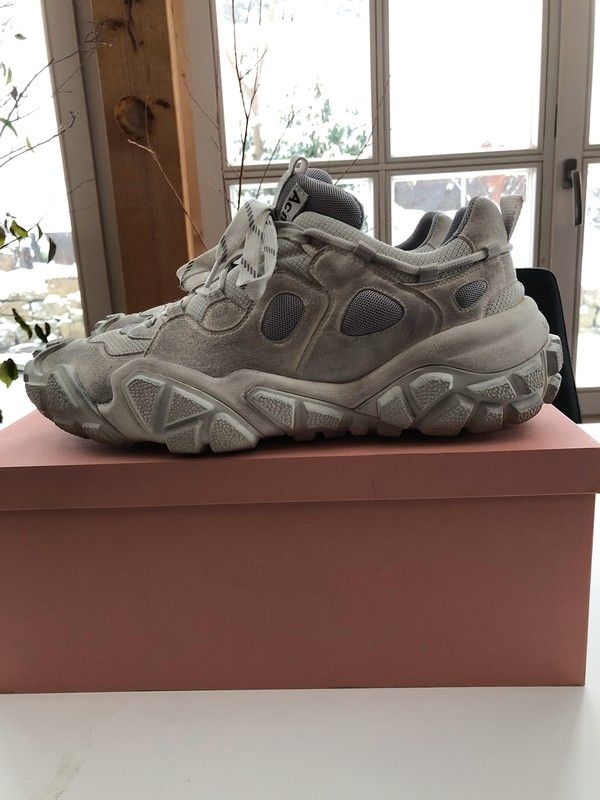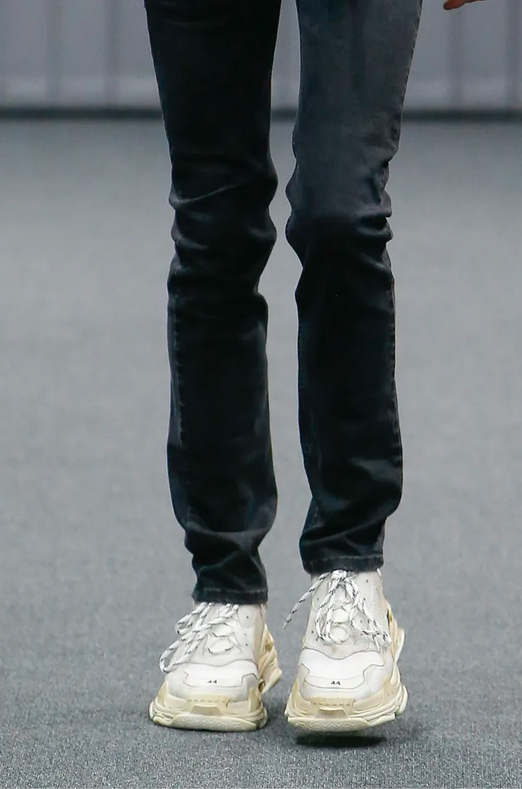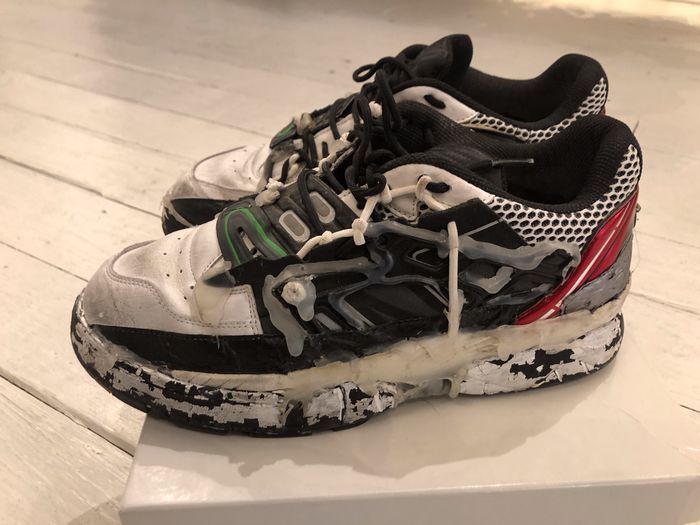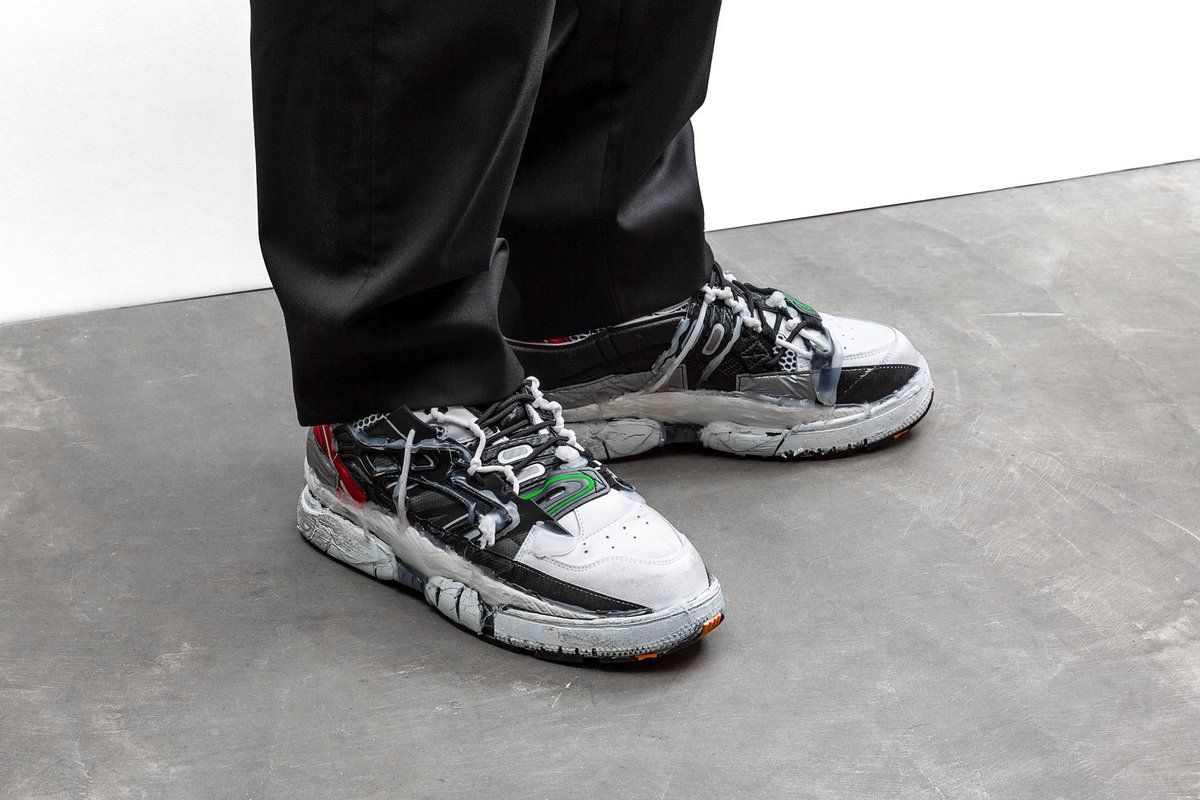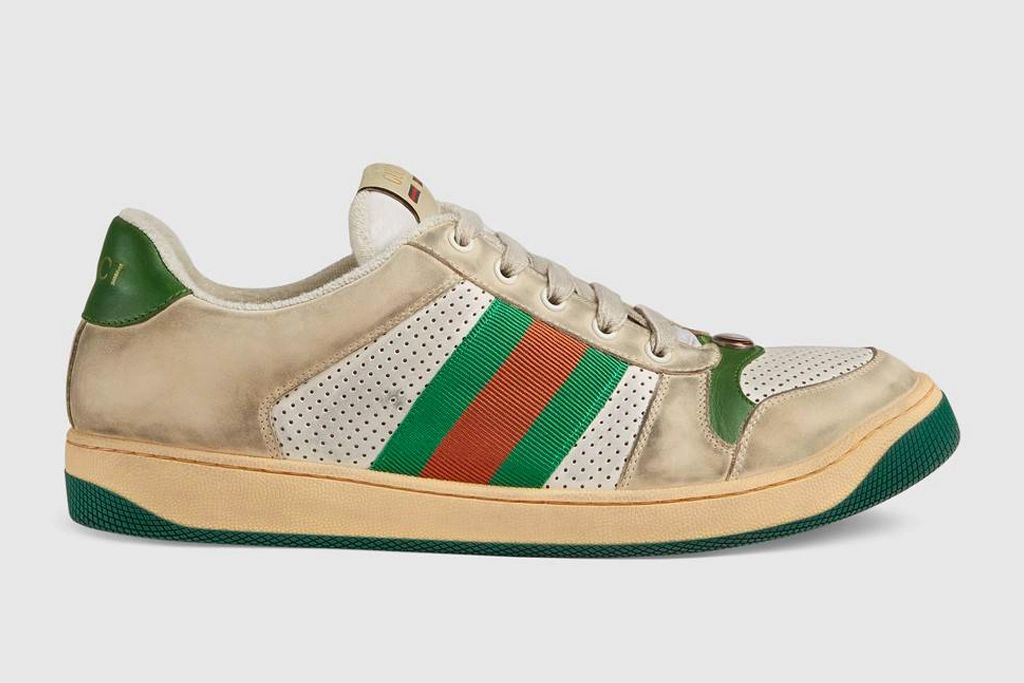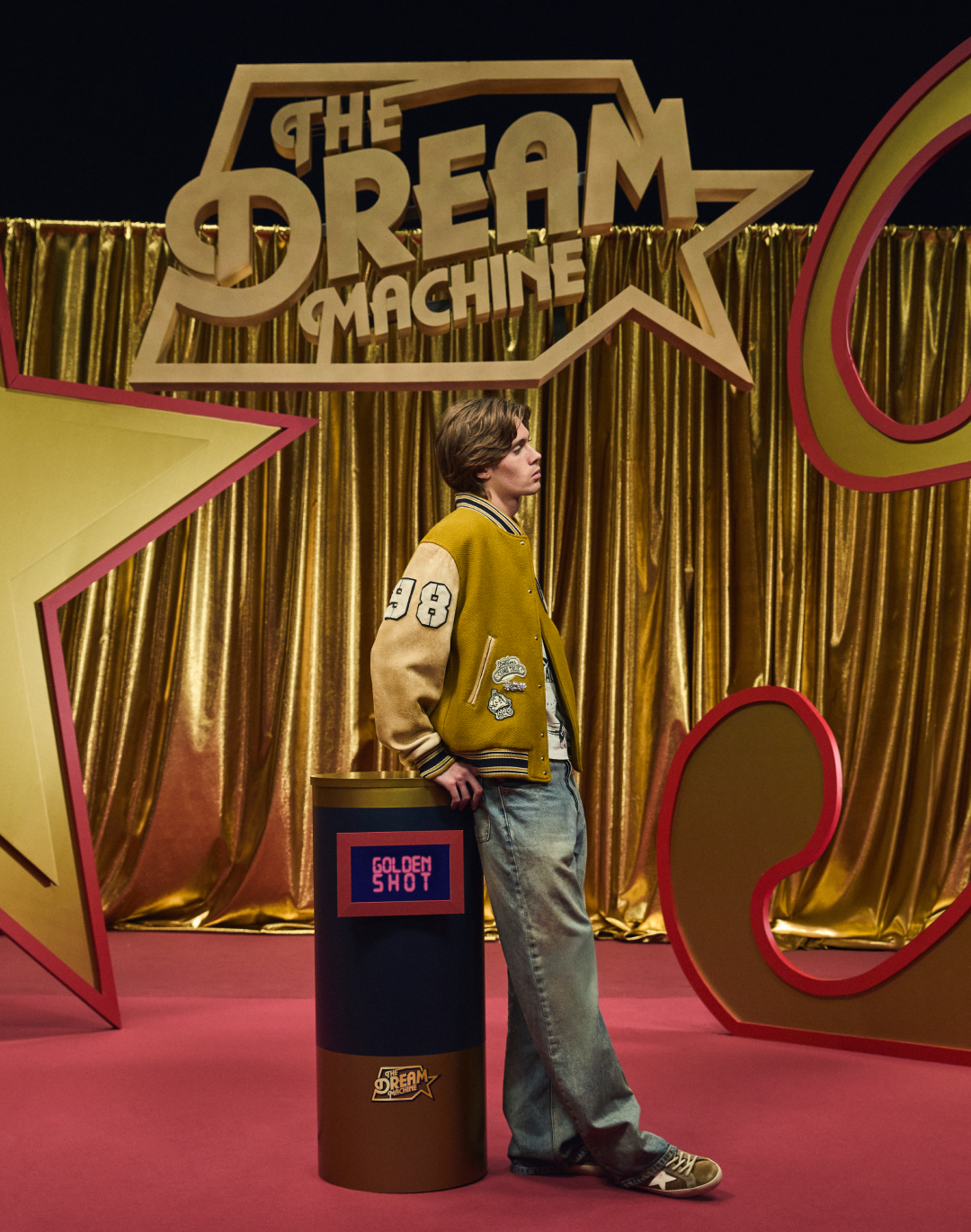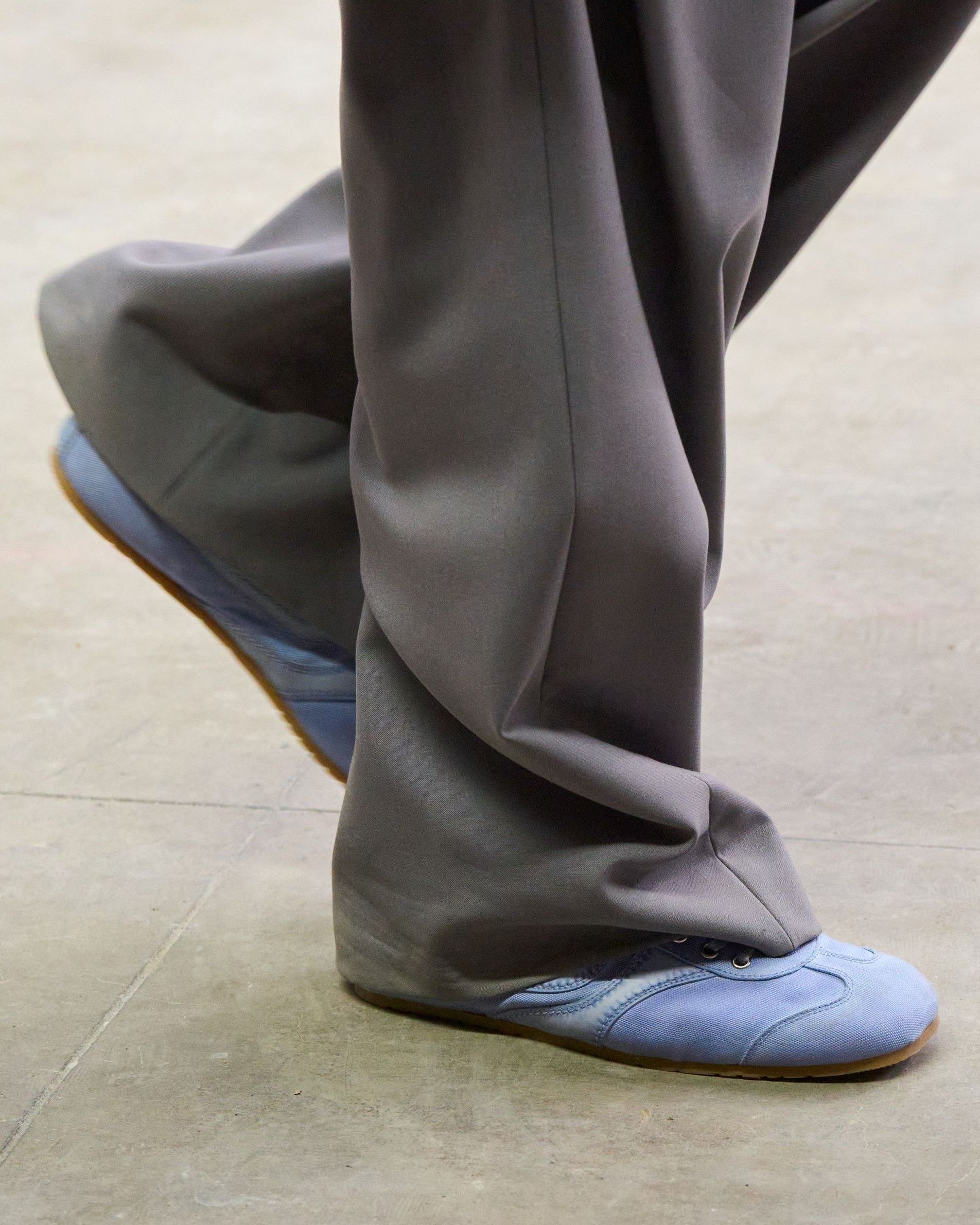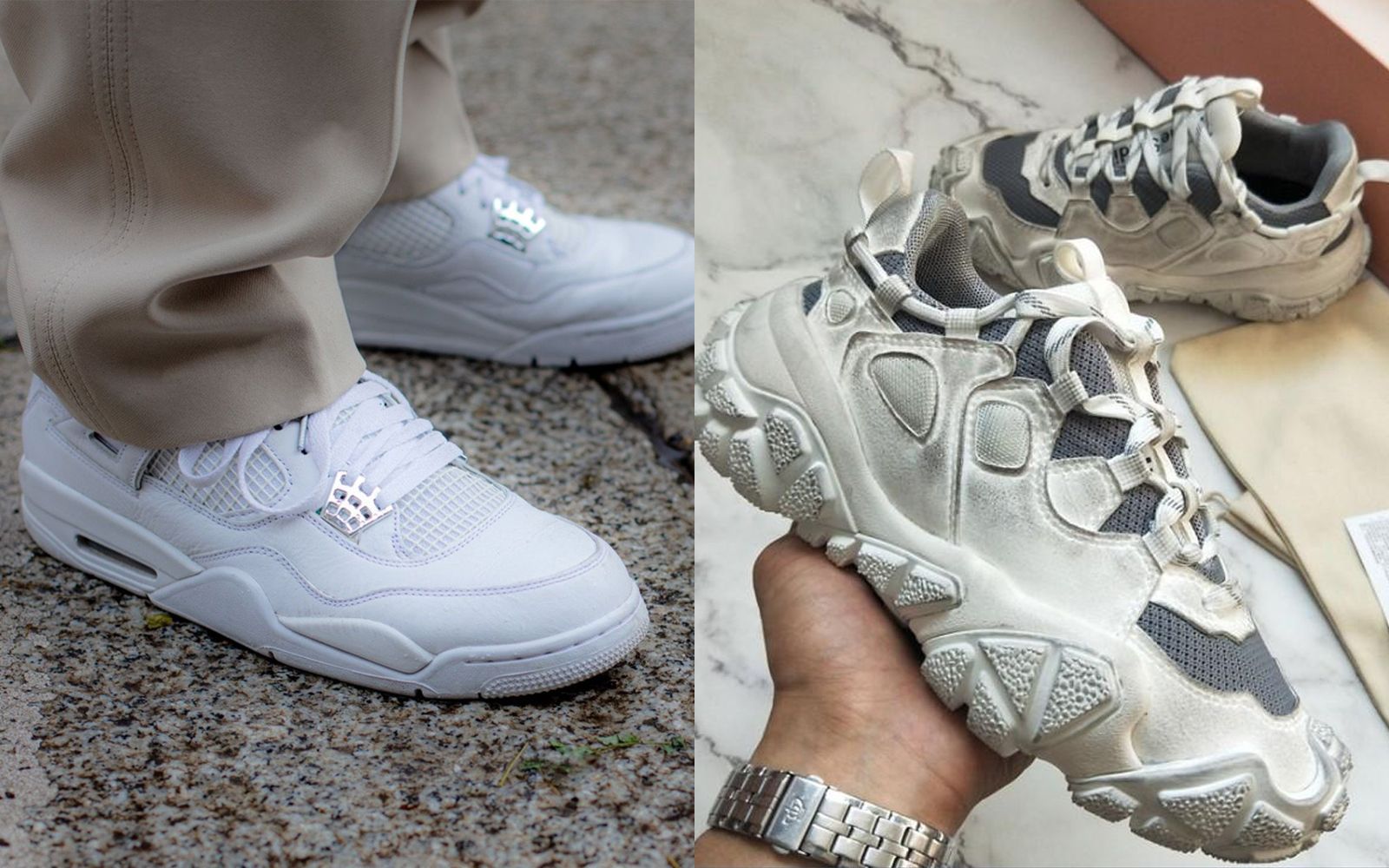
Are the dirty sneakers the new clean sneakers? Between the end of hype culture and the beginning of a new era
If you have lived the golden years of sneaker culture you are surely familiar with the concept of deadstock shoes. In that niche of fans who enclose their sneakers in thin layers of plastic, the term deadstock represented the starting point in the sale and acqisto of a sneaker: new, pristine and above all clean. It is no coincidence that the peak of sneaker culture coincided with an exponential growth of sneaker cleaning products, as well as services that in exchange for a few euros promised to return your shoes as new. What for many seemed to be an obsession was actually a reflection of what had become the world of sneakers, in which the emotional value was combined with the economic one, turning a shoe into an asset as much as an emotional symbol. With the gradual death of sneaker culture as we knew it, even the obsession for clean shoes has given way to the advance of dirty sneakers, which in a short time has become a trend that has seen among its major players brands such as Gucci, Acne Studios and Golden Goose.
Dirty, designed or in some cases even "repaired", sneakers have become a laboratory of ideas in which the dream of the white shoe just out of the box has given way to that of the sneaker marked and consumed by use, whether real or fake. If it wasn't the designers who did it, it was the consumers, who with the passing of time have lost the obsession for white and immaculate sneakers, preferring that sign of wear that finds its roots in the phrase "Converse are more beautiful dirty". As only the fashion system can do, however, dirty sneakers have become a catwalk affair, being able to turn into cult objects as in the case of the Stan Smiths part of the Raf Simons collage with adidas FW15 or the sneakers of Saint Laurent with Hedi Slimane in SS16, precursors of the already mentioned Golden Goose but also of the "scandalous" Margiela Fusion, the sneakers of the French maison for over a thousand euros in which the concept of dirty is elevated to "repaired".
Well before becoming "dirty", however, the shoes had also been "ugly" in a precedent whereby the figure of the shoe, which has always been synonymous with well-being, or freshness to use another term, was disfigured, becoming larger and more deformed. A process that has seen as protagonist Demna Gvasalia, father of the ugly sneaker that with the Balenciaga Triple S in September 2017 has unhinged any belief about the world of sneakers. Although the trend of dirty shoes has existed for years, with the slow descent of sneaker culture and the frenzy behind each cop, this seems to have found a second life outside the ateliers of designers, discovering a new home in the shoe racks and collections of those who previously lived with the constant anxiety of finding a stain on their pair of Nike. A shift that has seen the division of two distinct factions between those who wear and use their sneakers without caring about the consequences and those who instead see shoes as an investment with a growing value, a mentality that will probably find a new digital life with the growth and development of the concept of digital sneakers and NFT. For now though, we can limit ourselves to deciding whether to keep our sneakers dirty or clean.












































